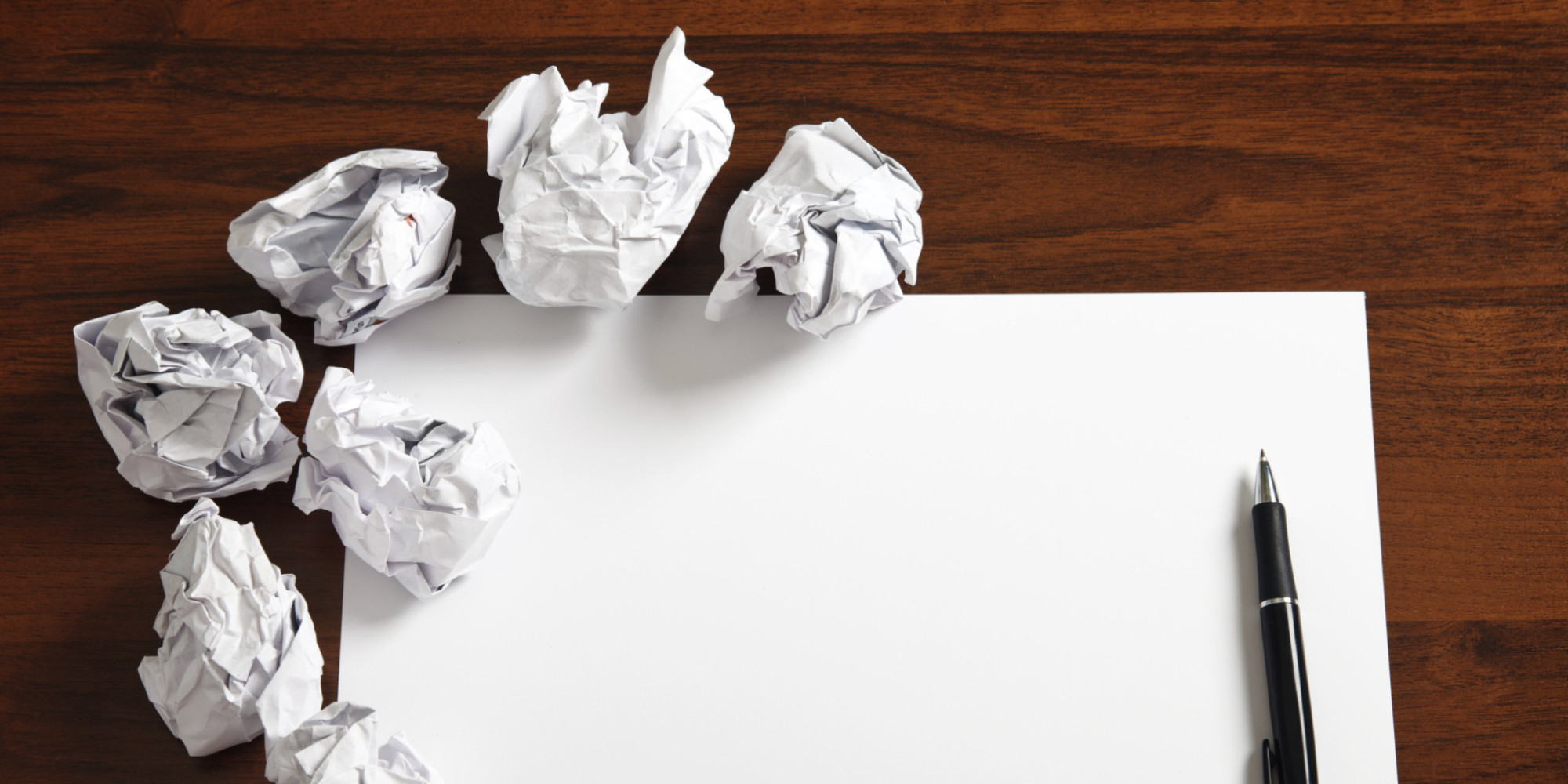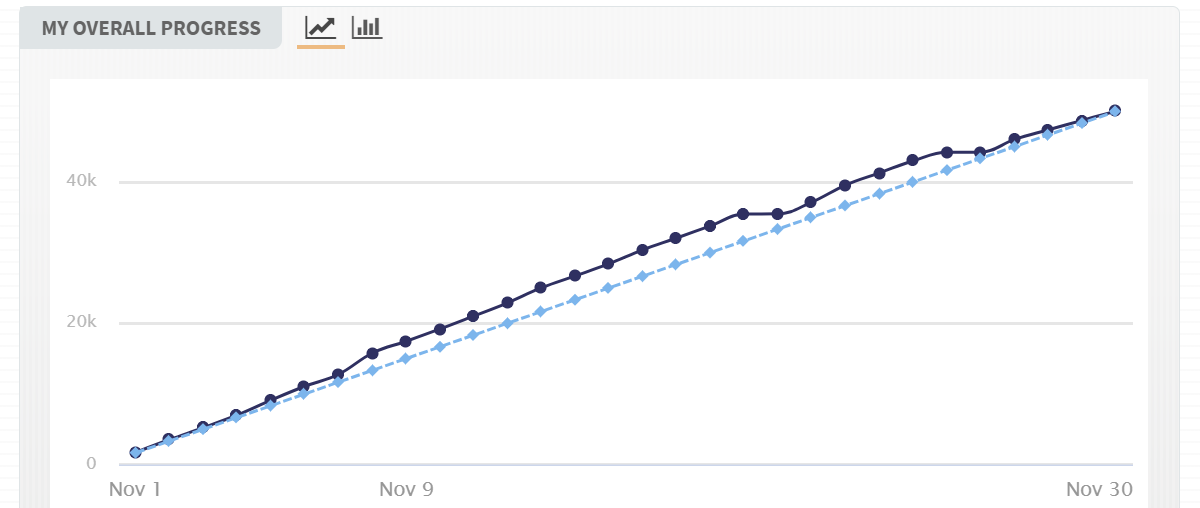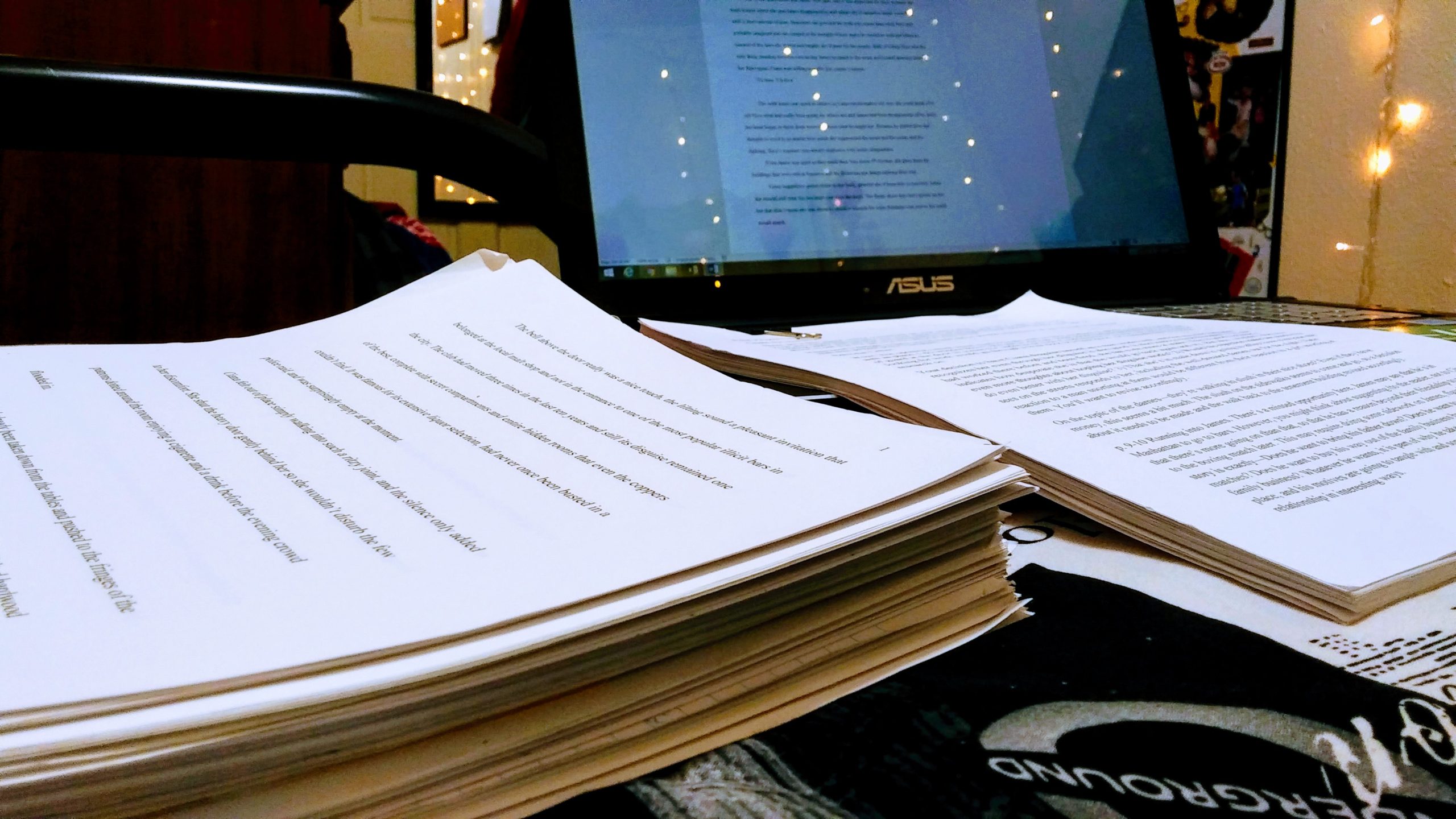Table of Contents Show
With November firmly behind and a new year on its way, many writers who tackled National Novel Writing Month (or NaNoWriMo) now have some sort of manuscript in front of them. Whether it’s finished or half-completed, the first or the fifteenth draft of a story, you’re probably more or less ready to enter the NaNo Now What? months of the new year.
But once the frenzy of November wears off, most of us are left with little more than a vague notion of what comes next. Is this draft finished? Is it ready for a sequel? Does the entire POV need to be rewritten? Thankfully, the minds behind NaNoWriMo anticipated this and have designated January and February as NaNo Now What? months to keep November’s participants moving forward.

So, what do we do without the strict deadline of NaNoWriMo? What do we do with this story we’ve created so hastily, finally poured from our imaginations and onto papers and screens? Do we keep trudging along, onto the sequel or a new idea? Do we dive right into a second draft and then a third?
Of course, the answer depends on where you are in the writing or editing process and on which methods of editing work best for you. Not sure where to begin? Here are some tips to help you along during the NaNo Now What? months, whether you’re still writing or if you’ve moved on to revising and editing that NaNoWriMo draft.
NaNo What Now?
For anyone unfamiliar with the yearly event, NaNoWriMo is known by many writers as National Novel Writing Month. The event began in 1999 with the goal to begin November 1st with a blank page and to end the month with 50,000 words of a novel written. It’s an ambitious goal that hundreds of thousands of writers have attempted every year since, with nearly half a million participants in 2019. Many readers might recognize books that were written during NaNoWriMo, including Erin Morgenstern’s The Night Circus and Rainbow Rowell’s Fangirl.

Since 1999, NaNoWriMo has grown into a vast community of writers around the world who gather — both physically and remotely — each November to write and to encourage one another to achieve their goals. During these write-ins, writers can bounce ideas off one another, attempt word sprints (writing as many words as possible within a set, short time frame), or simply write quietly at their own pace. The versatility of the organization makes it a great resource for NaNo veterans and newcomers, introverts and extroverts alike, drawn together over their love of writing.
NaNo Now What?
But if you’ve landed on this post, you’re probably all too familiar with the ins and outs of NaNoWriMo. Instead, the question on your mind is NaNo Now What?

Again, this depends largely on where you left off in November. Many writers don’t have the time to reach NaNoWriMo’s 50,000-word goal, and even if they do, their novel doesn’t always end there. If you have anything but a completed draft, then it’s wise to continue writing the same story your started in November into the NaNo Now What? months. Most writers who did finish their draft will likely move on to revising. In most cases, editing will likely come last, after writing and revisions are finished.
Writing
If you finished November with anything but a finished draft, it’s still too early to move on to the revision and editing phases. While some writers might have no trouble editing parts of their drafts before actually finishing it, this can be a trap for others from which they never escape. It’s all too easy to find yourself tinkering with that one scene that just doesn’t fit at the expense of completing the manuscript before moving on to those kinds of edits.

The good news is, if you’ve tackled NaNoWriMo already, then you have plenty of experience with the writing part. All that’s left now is to push through to “The End.”
1. NaNoWriMo.Org
The NaNoWriMo website is equipped for writers to enter projects that are not affiliated with a NaNo event. This means writers can create their own projects, goals, and time frames on the same website they just spent thirty days straight writing from dawn until dusk.
Did you find that writing yourself silly every day for a month was the best (or maybe even the only) way to get yourself to actually commit to your project? Then set yourself another one-month goal! You can customize the length of time if one month was longer or shorter than you’d like. Your goal (i.e., the number of words or hours/minutes a day) is yours to choose, too, so start with something that sounds feasible to you. It might also be helpful to make that goal slightly challenging to continue the feeling of NaNoWriMo.
2. Try A Different Writing Software
For some, continuing to use NaNoWriMo’s website might be a welcome comfort. Others, however, might want to try something different. Perhaps writing without any sort of external deadline works best for you. Or maybe you simply want to try a different writing app or program that fits your style better.
There are countless programs available for writers, from free software (like FocusWriter and the Reedsy Book Editor) to paid ones (like Scrivener and Dabble), so you might want to try your hand at a few before settling into one program. If you finished November with 50,000 words logged on the NaNoWriMo website, you might even be able to use promotional codes provided by NaNoWriMo to apply discounts to paid software. It’s a great option for anyone who used a free trial during November to continue using the software during the NaNo Now What? months.
Remember: no matter how many programs you try, and no matter how much those programs may cost, they will not suddenly make writing come easier to you. The idea is to find a format that works best for you and/or can be customized to suit your goals. FocusWriter, for example, is ideal for those who need minimal distractions while writing. On the other hand, programs like Dabble keep track of word count goals, have integrated plotting tools, and include all of the traditional editing bells and whistles. Some people benefit from the tools included in Scrivener and Dabble, while others prefer working in Google Docs.
3. Keep Your Routine
Did you find yourself falling into a daily routine during NaNoWriMo? Perhaps you found you wrote the most early in the morning, before the responsibilities of the day began, or at night, once those responsibilities were over. Maybe you wrote in chunks throughout the day, finding time whenever you could.
Did you sit at a desk? On your bed? With music playing, a candle lit, or a cup of something to drink? Did you write in silence so that nothing could distract you from the words in your head? Whatever routine worked best for you in November, it’s a good idea to continue it into NaNo Now What? until you’ve finished your draft.
Revising
If you’ve completed your NaNoWriMo manuscript, then it’s time to move on to revisions. Perhaps you’re more than happy with what you wrote in November and only plan on honing in on one or two aspects of the draft that still need work. Maybe you’re looking back and wondering why you chose that to be the main plotline.

No matter how you’re feeling, it’s safe to say that at least a little revision is in order. And NaNo Now What? is the perfect time to dedicate to them. Here are a few places to start.
1. Take A Break
Before you break out that red pen, consider setting your draft aside. The month-long break between November and the NaNo Now What? months of January and February carve out a good amount of time to spend taking a breather from your manuscript. Even if you aren’t writing for NaNoWriMo, it’s a good idea to put some distance between finishing your draft and diving back in for revisions.
This can help you notice more about your own writing when you come back to it. Perhaps you weren’t feeling confident about the draft when you finished. You might have a newfound appreciation for your writing when you revisit it, and certain scenes might jump out at you that you hadn’t thought much about before. Conversely, maybe your draft still has some diamonds in it but needs a bit more polishing than you’d originally thought. Either way, taking a break from your story can help you spot quirks and patterns you never noticed before, better preparing you for revisions.
2. Reread
After you’ve put some distance between yourself and your draft, try rereading the entire story before making any changes. It’s okay to write yourself quick notes (such as if you really like a scene or sentence, or if something sounds clunky or just isn’t working) but stop short of actually changing anything on the page.

This is also a good time to try reading your writing aloud or at least reading very slowly, to get a feel for how the sentences flow together, or how the dialogue sounds when it’s actually spoken.
3. Try A New Format
If you wrote your draft on paper, try entering it into a word processor on your computer. If you wrote it on your computer, try printing it out and rereading it on paper. While this goes along with the previous tip, the idea here is to read your words with the freshest eyes possible. You might catch errors you’d previously glossed over or maybe even find it easier to edit in a new format.
4. Make Multiple Passes
A “pass” while revising or editing is simply reading through a manuscript for a specific purpose. For instance, you may make one pass to revise the overarching plot — and only the plot — and then make a second pass where you only address character. Revisions related to world-building would be its own pass, too, then dialogue, and so on. Not only will you be very familiar with your story by the time you finish, but you will have dedicated time to each aspect of writing to make your draft as strong as you can.
Editing
It’s important that editing comes last after you’ve finished all the writing and revising in a particular manuscript. Since editing deals with the nitty-gritty details, from specific word choice to cleaning up grammar and sentence structure, introducing new material into the manuscript can also introduce new errors, which means more time spent in the editing phase.

And remember: try not to change your work while anyone else might be reading it! If you have editors or beta readers looking over your work, it isn’t wise to edit (whether that means adding or cutting material) while it’s in their hands. The feedback they provide might be negated if you introduce a new character or scene, or if you cut out what they’re already read.
1. Consider Referencing A Style Guide
Especially if you plan on self-publishing, it’s important not to gloss over the editing stage. If editing isn’t your forte or you need a refresher course, consider referencing a style guide. Strunk’s and White’s The Elements of Style is one of the most recognizable guides. The Chicago Manual of Style, while much heftier, is used by many publishing companies and is another great, comprehensive resource that is certain to answer just about any question you could have about grammar, punctuation, structure, and more.
2. Break Out That Red Pen
Or green “suggested edits” on your work process, or highlighter, or whatever color/medium works best for you. Performing line edits (quite literally taking your storyline by line) might seem daunting at first but is a good way to catch as many typos, punctuation, and grammatical mistakes as you can. This is a good place to try reading aloud again, as extra or missing words and clunky sentences can be easier to find.
Moving Forward
NaNoWriMo has its own NaNo Now What? workbook for writers to reference once they’ve finished their drafts. The workbook takes writers from the very end of November all the way through the NaNo Now What? months with revision and editing tips, tricks, and exercises.
After that, as is written in the workbook, it’s mostly rinse and repeat. Oftentimes writers will go through multiple drafts before writing “The End,” and these steps (writing, revising, and editing) will be repeated each time. The process may seem daunting at first, but as the NaNo Now What? workbook says, writing and revising is “about having fun with the world and characters you created.” (( NaNoWriMo ))
